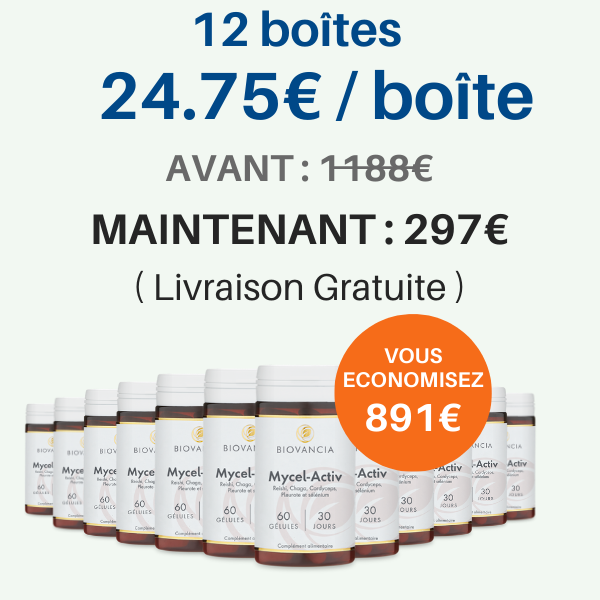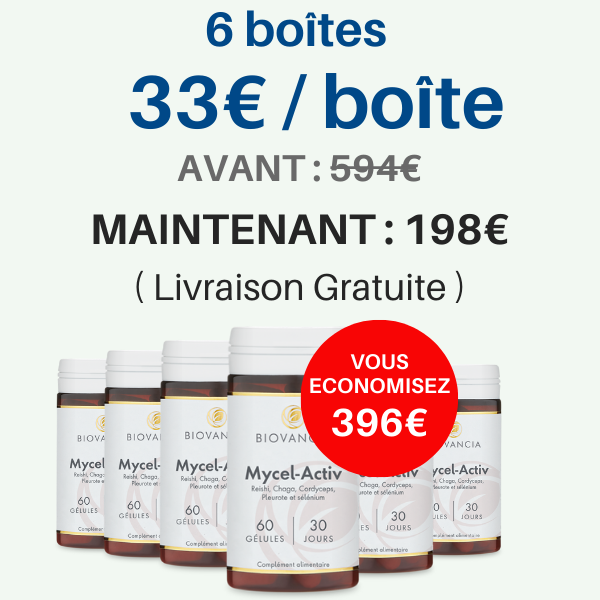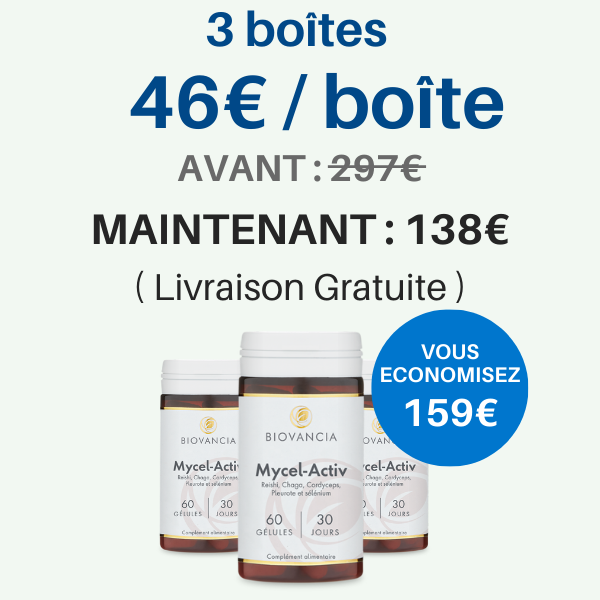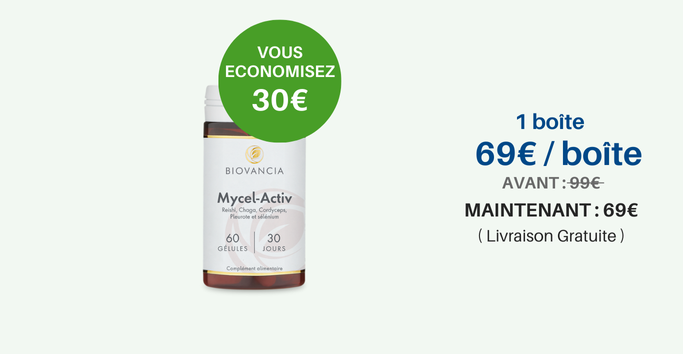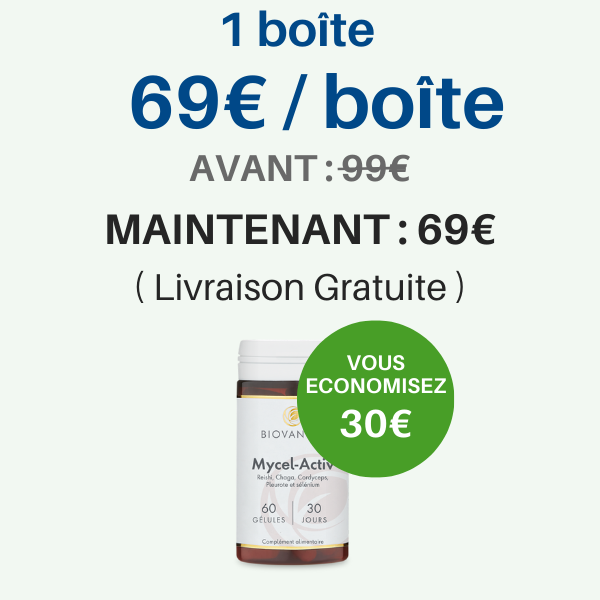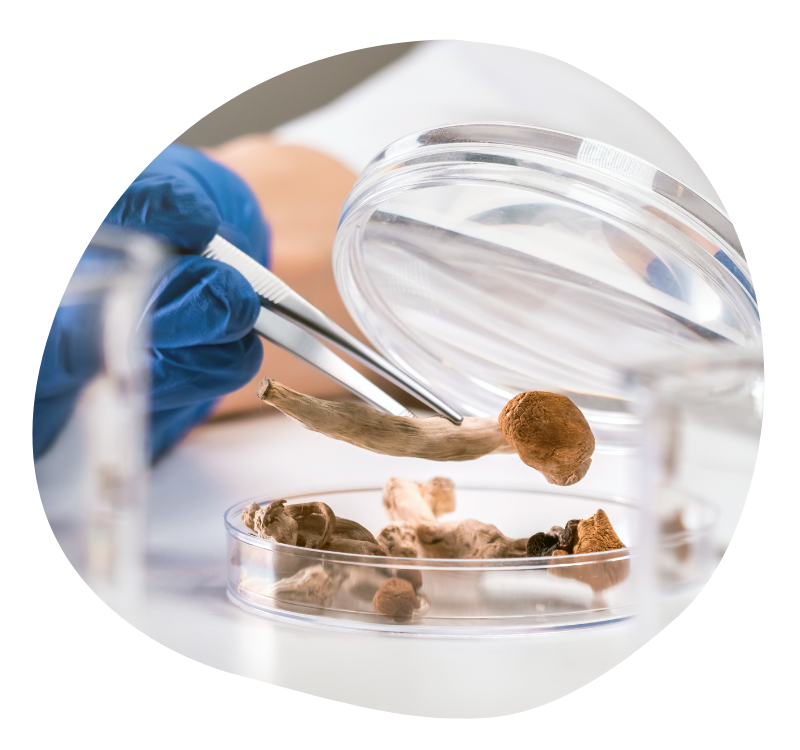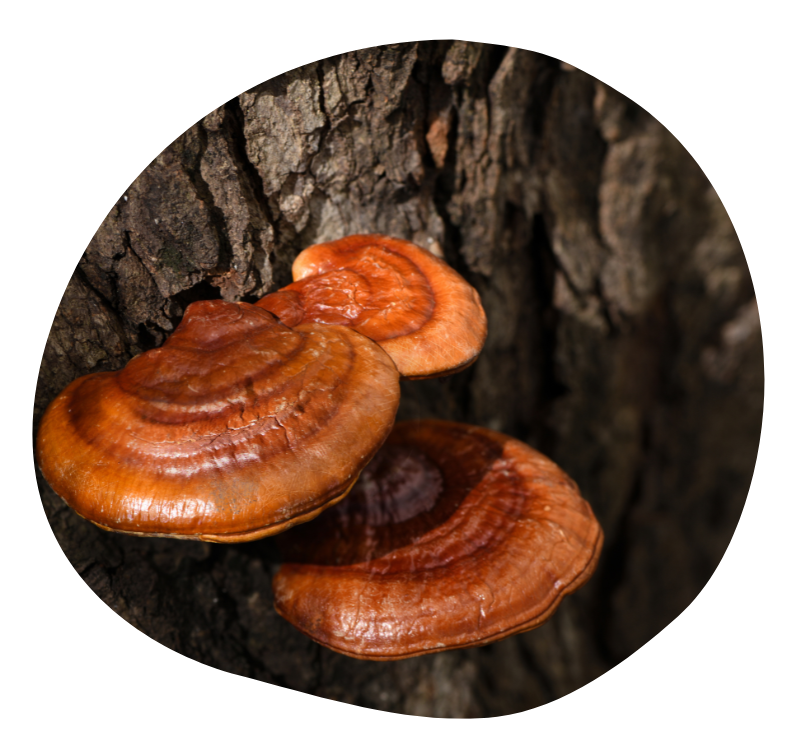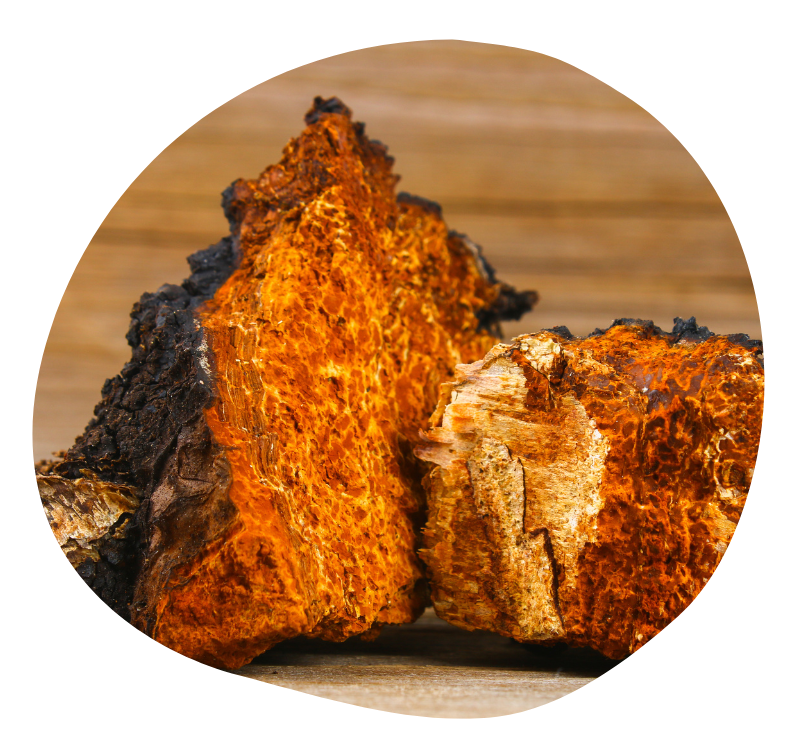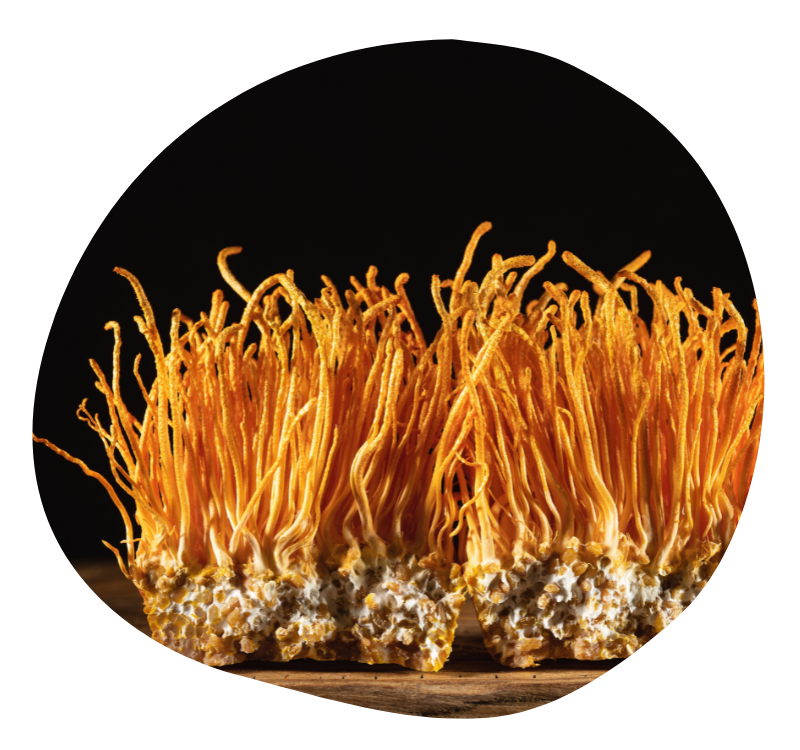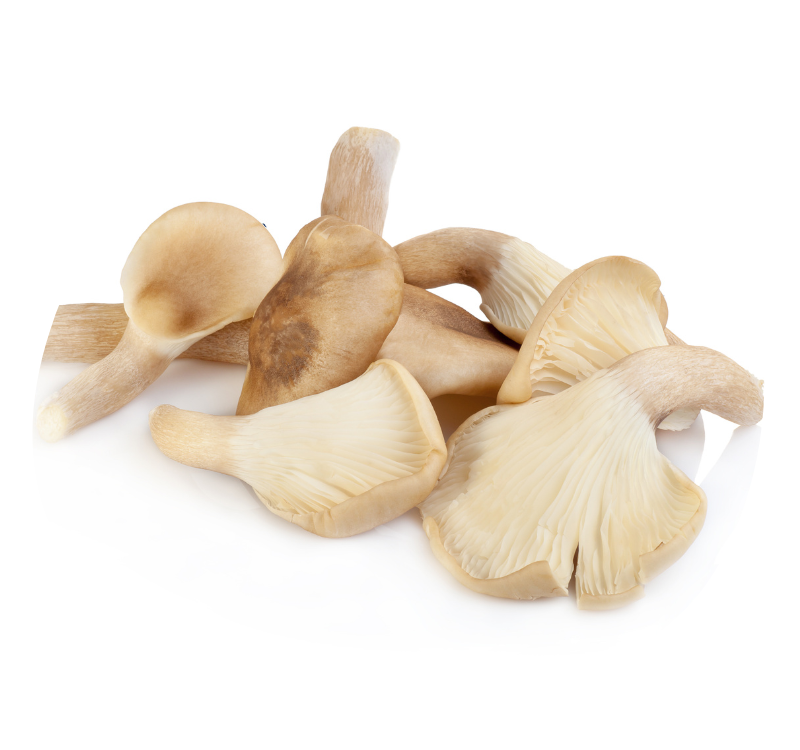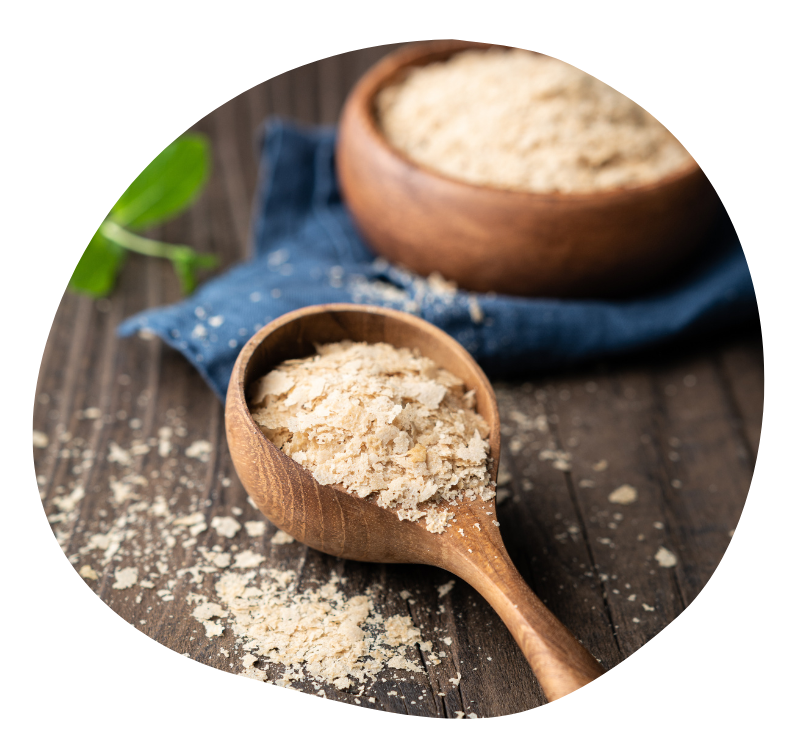Sources :
(1). Jan, R., Lin, T., Hsu, Y., Lee, S., Lo, S., Chang, M., Chen, L., & Lin, Y. (2011). Immuno-modulatory activity of Ganoderma lucidum-derived polysacharide on human monocytoid dendritic cells pulsed with Der p 1 allergen. BMC Immunology, 12(1). https://doi.org/10.1186/1471-2172-12-31.
Zhao, R., Chen, Q., & He, Y. (2018). The effect of Ganoderma lucidum extract on immunological function and identify its anti-tumor immunostimulatory activity based on the biological network. Scientific Reports, 8(1). https://doi.org/10.1038/s41598-018-30881-0.
Ren, L., Zhang, J., & Zhang, T. (2021). Immunomodulatory activities of polysaccharides from Ganoderma on immune effector cells. Food Chemistry, 340, 127933. https://doi.org/10.1016/j.foodchem.2020.127933.
(2). Andrejč, D. C., Knez, Ž., & Marevci, M. K. (2022). Antioxidant, antibacterial, antitumor, antifungal, antiviral, anti-inflammatory, and nevro-protective activity of Ganoderma lucidum : An overview. Frontiers In Pharmacology, 13. https://doi.org/10.3389/fphar.2022.934982.
Kolniak-Ostek, J., Oszmiański, J., Szyjka, A., Moreira, H., & Barg, E. (2022). Anticancer and Antioxidant Activities in Ganoderma lucidum Wild Mushrooms in Poland, as Well as Their Phenolic and Triterpenoid Compounds. International Journal Of Molecular Sciences, 23(16), 9359. https://doi.org/10.3390/ijms23169359.
Sargowo, D., Ubaidillah, N., Handayani, O., Widya, A., Vittryaturida, V., Siwi, K., Failasufi, M., Ramadhan, F., Wulandari, H., Waranugraha, Y., & Hayuning, D. (2016). PS 02-02 Effect Ganoderma lucidum Polysaccharide Peptides as Anti-hypertension, Anti-lipid, Anti-oxidant, Anti-inflammation in High Risk Patients of Atherosclerosis. Journal Of Hypertension, 34(Supplement 1), e105. https://doi.org/10.1097/01.hjh.0000500132.15515.a3.
(3). Sargowo, D., Ubaidillah, N., Handayani, O., Widya, A., Vittryaturida, V., Siwi, K., Failasufi, M., Ramadhan, F., Wulandari, H., Waranugraha, Y., & Hayuning, D. (2016). PS 02-02 Effect Ganoderma lucidum Polysaccharide Peptides as Anti-hypertension, Anti-lipid, Anti-oxidant, Anti-inflammation in High Risk Patients of Atherosclerosis. Journal Of Hypertension, 34(Supplement 1), e105. https://doi.org/10.1097/01.hjh.0000500132.15515.a3.
(4). Wachtel-Galor, S., Yuen, J., Buswell, J. A., & Benzie, I. F. F. (2011). Ganoderma lucidum (Lingzhi or Reishi). Herbal Medicine – NCBI Bookshelf. https://www.ncbi.nlm.nih.gov/books/NBK92757/
Susilo, R. J. K., Winarni, D., Husen, S. A., Hayaza, S., Punnapayak, H., Wahyuningsih, S. P. A., Sajidah, E. S., & Darmanto, W. (2019). Hepatoprotective effect of crude polysaccharides extracted from Ganoderma lucidum against carbon tetrachloride-induced liver injury in mice. Veterinary World, 12(12), 1987‑1991.https://doi.org/10.14202/vetworld.2019.1987-1991
Ahmad, M. F., Ahmad, F. A., Zeyaullah, M., Alsayegh, A. A., Mahmood, S. E., AlShahrani, A. M., Khan, M. S., Shama, E., Hamouda, A., Elbendary, E. Y., & Attia, K. A. H. A. (2023). Ganoderma lucidum : Novel Insight into Hepatoprotective Potential with Mechanisms of Action. Nutrients, 15(8), 1874. https://doi.org/10.3390/nu15081874.
(5). Matsuzaki, H., Shimizu, Y., Iwata, N., Kamiuchi, S., Suzuki, F., Iizuka, H., Hibino, Y., & Okazaki, M. (2013). Antidepressant-like effects of a water-soluble extract from the culture medium of Ganoderma lucidum mycelia in rats. BMC Complementary And Alternative Medicine, 13(1). https://doi.org/10.1186/1472-6882-13-370.
(6). Song, F., Liu, Y., Kong, X., Chang, W., & Song, G. (2013). Progress on Understanding the Anticancer Mechanisms of Medicinal Mushroom : Inonotus Obliquus. Asian Pacific Journal Of Cancer Prevention, 14(3), 1571‑1578. https://doi.org/10.7314/apjcp.2013.14.3.1571.
(7). Ma, L., Chen, H., Dong, P., & Lu, X. (2013). Anti-inflammatory and anticancer activities of extracts and compounds from the mushroom Inonotus obliquus. Food Chemistry, 139(1‑4), 503‑508. https://doi.org/10.1016/j.foodchem.2013.01.030.
Sang, R., Sun, F., Zhou, H., Wang, M., Li, H., Li, C., Sun, X., Zhao, X., & Zhang, X. (2021). Immunomodulatory effects ofInonotus obliquuspolysaccharide on splenic lymphocytes infected withToxoplasma gondiivia NF-κB and MAPKs pathways. Immunopharmacology And Immunotoxicology, 44(1), 129‑138. https://doi.org/10.1080/08923973.2021.2017453.
(8). Shen, D., Feng, Y., Zhang, X., Liu, J., Gong, L., Liao, H., & Li, R. (2022). In Vitro Immunomodulatory Effects of Inonotus obliquus Extracts on Resting M0 Macrophages and LPS-Induced M1 Macrophages. Evidence-based Complementary And Alternative Medicine, 2022, 1‑12. https://doi.org/10.1155/2022/8251344.
Sang, R., Sun, F., Zhou, H., Wang, M., Li, H., Li, C., Sun, X., Zhao, X., & Zhang, X. (2021). Immunomodulatory effects ofInonotus obliquuspolysaccharide on splenic lymphocytes infected withToxoplasma gondiivia NF-κB and MAPKs pathways. Immunopharmacology And Immunotoxicology, 44(1), 129‑138. https://doi.org/10.1080/08923973.2021.2017453.
Song, F., Liu, Y., Kong, X., Chang, W., & Song, G. (2013). Progress on Understanding the Anticancer Mechanisms of Medicinal Mushroom : Inonotus Obliquus. Asian Pacific Journal Of Cancer Prevention, 14(3), 1571‑1578. https://doi.org/10.7314/apjcp.2013.14.3.1571.
(9). Wang, J., Wang, C., Li, S., Li, W., Yuan, G., Pan, Y., & Chen, H. (2017). Anti-diabetic effects of Inonotus obliquus polysaccharides in streptozotocin-induced type 2 diabetic mice and potential mechanism via PI3K-Akt signal pathway. Biomedicine & Pharmacotherapy, 95, 1669‑1677. https://doi.org/10.1016/j.biopha.2017.09.104.
Wang, C., Chen, Z., Pan, Y., Gao, X., & Chen, H. (2017). Anti-diabetic effects of Inonotus obliquus polysaccharides-chromium (III) complex in type 2 diabetic mice and its sub-acute toxicity evaluation in normal mice. Food And Chemical Toxicology, 108, 498‑509. https://doi.org/10.1016/j.fct.2017.01.007.
(10). Zhu, J., Halpern, G. M., & Jones, K. (1998). The Scientific Rediscovery of an Ancient Chinese Herbal Medicine : Cordyceps sinensis Part I. The Journal Of Alternative And Complementary Medicine, 4(3), 289‑303. https://doi.org/10.1089/acm.1998.4.3-289.
Zhu, J., Halpern, G. M., & Jones, K. (1998). The Scientific Rediscovery of a Precious Ancient Chinese Herbal Regimen : Cordyceps sinensis Part II. The Journal Of Alternative And Complementary Medicine, 4(4), 429‑457. https://doi.org/10.1089/acm.1998.4.429.
(11). Chen, S., Li, Z., Krochmal, R., Abrazado, M., Kim, W., & Cooper, C. B. (2010). Effect of Cs-4® (Cordyceps sinensis) on Exercise Performance in Healthy Older Subjects : A Double-Blind, Placebo-Controlled Trial. The Journal Of Alternative And Complementary Medicine, 16(5), 585‑590. https://doi.org/10.1089/acm.2009.0226.
(12). Hamza, A., Mylarapu, A., Krishna, K. V., & Kumar, D. S. (2024). An insight into the nutritional and medicinal value of edible mushrooms : A natural treasury for human health. Journal Of Biotechnology, 381, 86‑99. https://doi.org/10.1016/j.jbiotec.2023.12.014.
Valverde, M. E., Hernández-Pérez, T., & Paredes-López, O. (2015). Edible Mushrooms : Improving Human Health and Promoting Quality Life. International Journal Of Microbiology, 2015, 1‑14. https://doi.org/10.1155/2015/376387.
(13). Hu, Y., Xu, J., Sheng, Y., Liu, J., Li, H., Guo, M., Xu, W., Luo, Y., Huang, K., & He, X. (2022). Pleurotus Ostreatus Ameliorates Obesity by Modulating the Gut Microbiota in Obese Mice Induced by High-Fat Diet. Nutrients, 14(9), 1868. https://doi.org/10.3390/nu14091868.
(14). Hu, Y., Xu, J., Sheng, Y., Liu, J., Li, H., Guo, M., Xu, W., Luo, Y., Huang, K., & He, X. (2022). Pleurotus Ostreatus Ameliorates Obesity by Modulating the Gut Microbiota in Obese Mice Induced by High-Fat Diet. Nutrients, 14(9), 1868. https://doi.org/10.3390/nu14091868.
(15). Rayman, M. P. (2000). The importance of selenium to human health. The Lancet, 356(9225), 233‑241. https://doi.org/10.1016/s0140-6736(00)02490-9.
Bjørklund, G., Shanaida, M., Lysiuk, R., Antonyak, H., Klishch, I., Shanaida, V., & Peana, M. (2022). Selenium : An Antioxidant with a Critical Role in Anti-Aging. Molecules, 27(19), 6613. https://doi.org/10.3390/molecules27196613.
(16). Hoffmann, P. R., & Berry, M. J. (2008). The influence of selenium on immune responses. Molecular Nutrition & Food Research, 52(11), 1273‑1280. https://doi.org/10.1002/mnfr.200700330.
Bjørklund, G., Shanaida, M., Lysiuk, R., Antonyak, H., Klishch, I., Shanaida, V., & Peana, M. (2022). Selenium : An Antioxidant with a Critical Role in Anti-Aging. Molecules, 27(19), 6613. https://doi.org/10.3390/molecules27196613.
(17). Bjørklund, G., Shanaida, M., Lysiuk, R., Antonyak, H., Klishch, I., Shanaida, V., & Peana, M. (2022). Selenium : An Antioxidant with a Critical Role in Anti-Aging. Molecules, 27(19), 6613. https://doi.org/10.3390/molecules27196613.
Mitchell, J. H., Nicol, F., Beckett, G. J., & Arthur, J. R. (1996). Selenoenzyme expression in thyroid and liver of second generation selenium- and iodine-deficient rats. Journal Of Molecular Endocrinology, 16(3), 259‑267. https://doi.org/10.1677/jme.0.0160259.
(18). Bjørklund, G., Shanaida, M., Lysiuk, R., Antonyak, H., Klishch, I., Shanaida, V., & Peana, M. (2022). Selenium : An Antioxidant with a Critical Role in Anti-Aging. Molecules, 27(19), 6613. https://doi.org/10.3390/molecules27196613.
Lv, J., Ai, P., Lei, S., Zhou, F., Chen, S., & Zhang, Y. (2020). Selenium levels and skin diseases : systematic review and meta-analysis. Journal Of Trace Elements In Medicine And Biology, 62, 126548. https://doi.org/10.1016/j.jtemb.2020.126548.
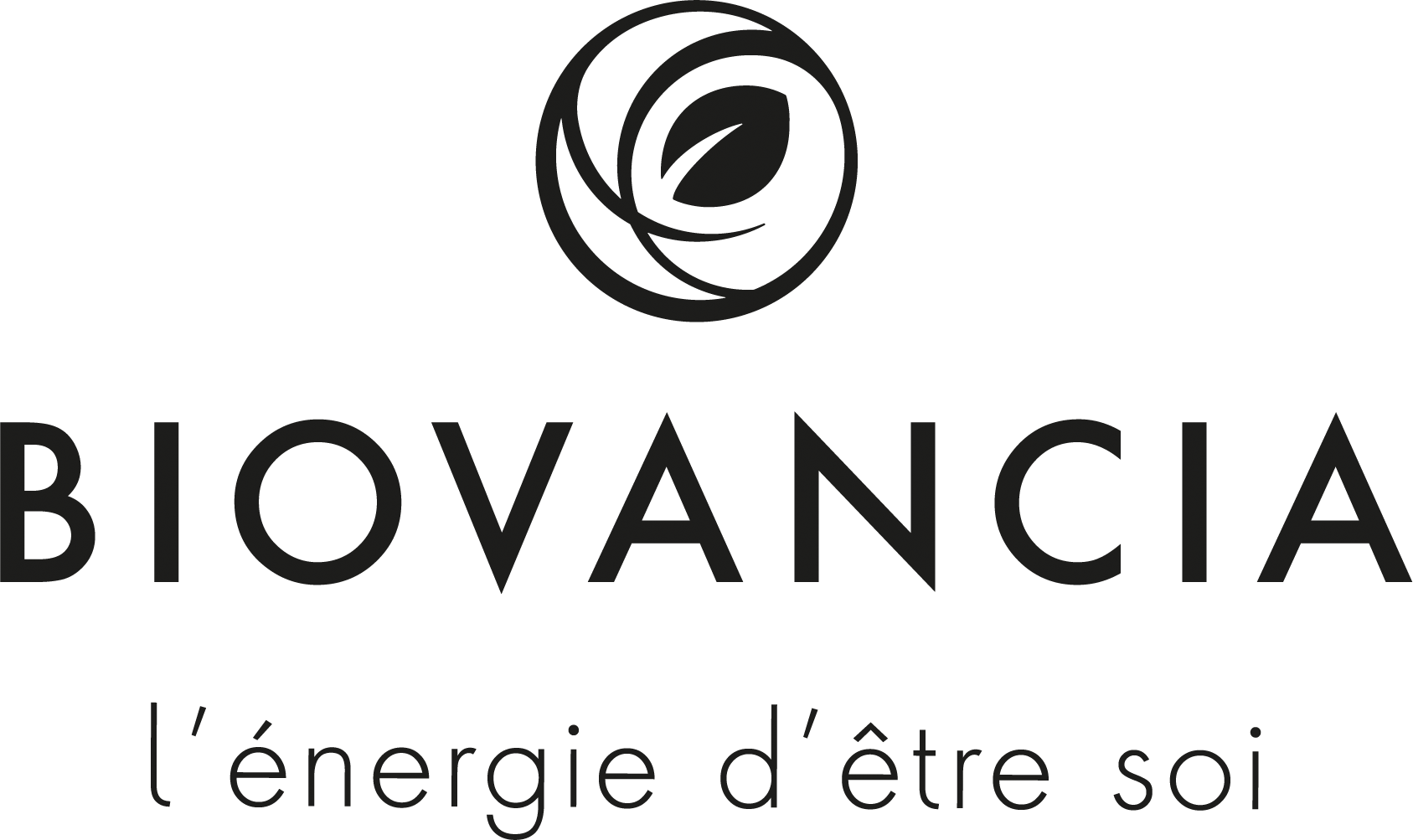

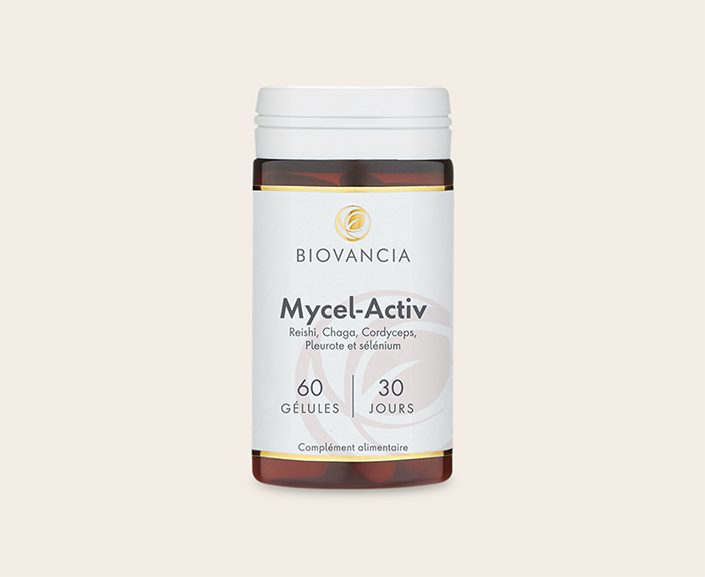

 En stock – Expédié sous 24h – Livraison offerte
En stock – Expédié sous 24h – Livraison offerte

